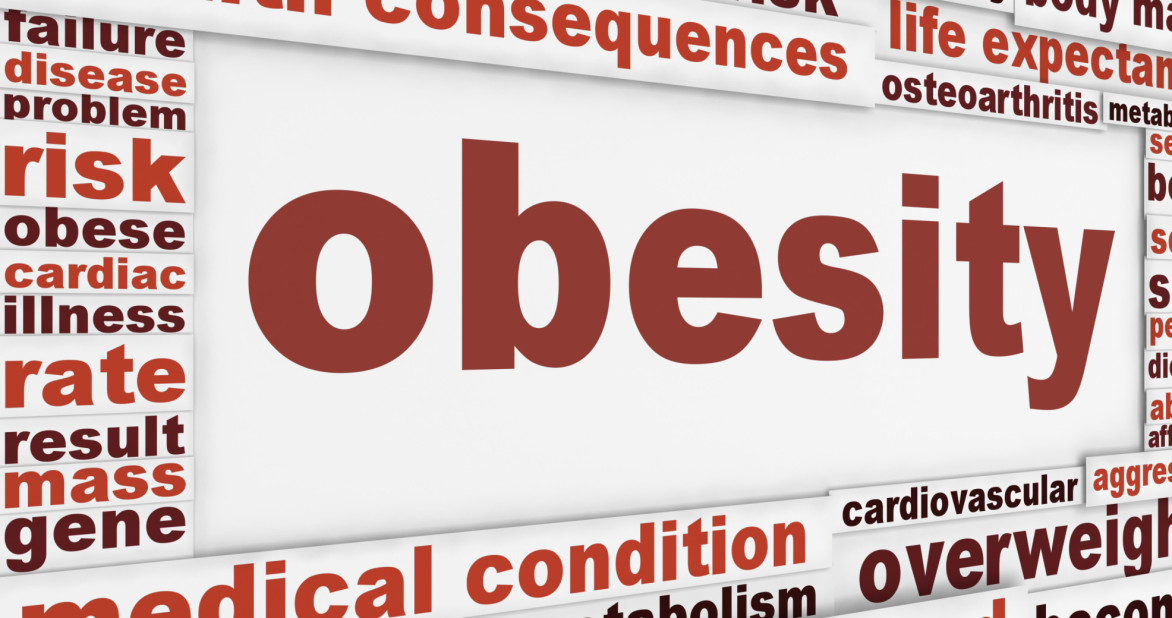Aging adults overweight and obesity complications

Aging adults overweight and obesity complications can be corrected professionally
Aging adults overweight and obesity complications: Arthritis and osteoarthritis
Primarily arthritis is the main cause of disability in aging adults overweight problems. Experts at AWAREmed health and wellness resource center lead by doctor Dalal Akoury MD agrees that a high body mass index (BMI) is associated with the risk factor for knee osteoarthritis (OA) in aging people. The prevalence of OA at this age may reflect bodily changes as a result of a lifetime of being overweight which results in strain on weight-bearing joints. Obesity or overweight raises the load placed on joints, especially at the knee and hip joints. Breakdown in cartilage, resulting from the increased weight on joints result in pain and further functional disability People with arthritis are particularly vulnerable to the stress-pain-depression cycle in which the pain and stiffness caused by the disease leads to reduced mobility and so increases stress, pain, and depression and eventually decreasing the quality of life.
- The objective of managing arthritis is to maintain the maximum use and function of the joint and the surrounding muscles, tendons, and ligaments.
- The primary key to attaining this objective is engaging in physical activities.
- However, many people with OA and other joint diseases believe that exercise will cause their arthritis to flare up and increase the pain. This is a not true and the health care provide will be able to dispel it.
- Stretching exercises of all muscle groups should be done regularly as well as daily active range of motion for all joints.
- Isotonic exercises, which move the joint in an arc, are also helpful.
- Aquatic exercise and walking are usually well tolerated by aging people with mild to moderate lower extremity OA.
- Heat is also helpful in managing arthritis because it reduces stiffness and makes exercise easier.
- Rest periods between activities help to control the fatigue of arthritis, which is compounded by obesity.
Aging adults overweight and obesity complications: Skin conditions
Older adults who are obese and have skin problems face additional complications because their skin naturally loses about 20% of its dermal thickness with age. This combination of older age, fragile skin, and obesity increases the risk for pressure sores. The first step in addressing skin problems is to:
- Conduct a skin assessment of obese patients.
- The exact identity and degree of skin problems will determine the intervention.
- Older women, urinary incontinence from a large, heavy abdomen causing the valve on the bladder to weaken may result in the leaking of urine when coughing or sneezing.
Finally, it is such a blessing to live long and this blessing must not be seen as a problem to the society because of being obese. Dr. Dalal Akoury founded AWAREmed Health and Wellness Resource Center a facility in which all matters relating to obesity, weight gain and lose and matter relating to addiction are addressed. we all ore our senior citizens the duty of care despite what their conditions may be and that is why doctor Dalal Akoury together with her team of experts are offering exclusive NER Recovery Treatment to everyone young or old, visiting this facility is going to be an experience that will lead you to full recovery in the most dignified way.
Aging adults overweight and obesity complications: Arthritis and osteoarthritis
http://regenerativepotential.com/wp-admin









